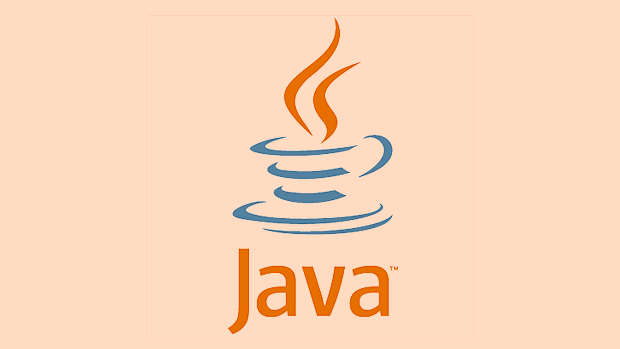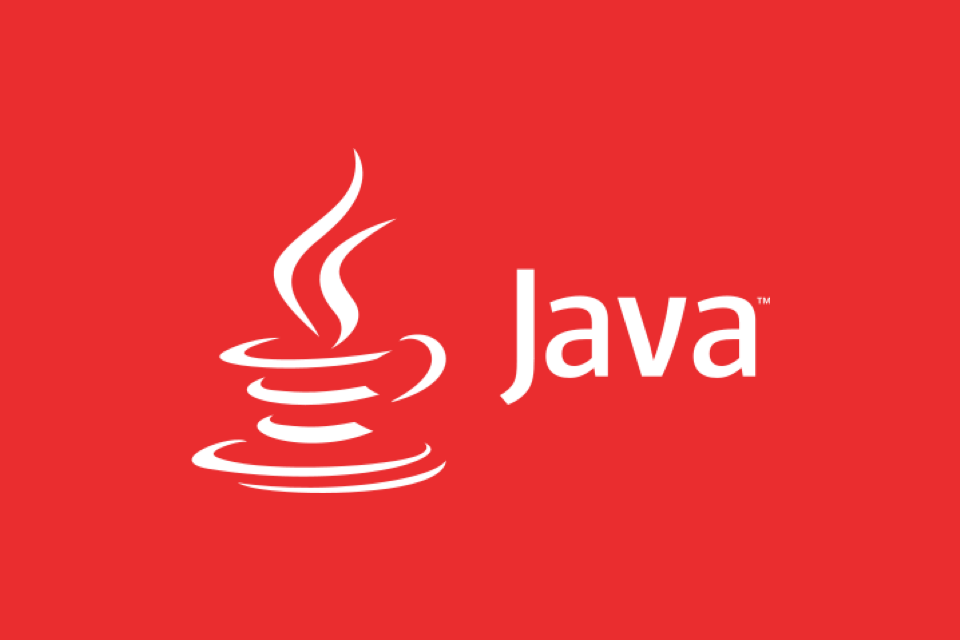How to create and use ExecutorService for Java? 1. Use the Executors factory class to create a thread pool, such as newFixedThreadPool(4) to create a fixed-size thread pool; 2. Submit a task without return value through execute(), or submit a task with return value and get the Future result; 3. When closing the thread pool, call shutdown() first, cooperate with awaitTermination() to wait for the task to complete, and call shutdownNow() to interrupt execution if necessary.

Java's ExecutorService is a very practical tool in concurrent programming, used to manage thread pools and execute tasks, and avoid the overhead caused by frequent creation and destruction of threads. If you just want to quickly look at an example and understand how to use it, then let’s just add the useful information.

How to create a basic ExecutorService
The easiest way to do this is to use the Executors factory class to create a thread pool. For example, if you want to create a fixed-size thread pool, you can write it like this:
ExecutorService executorService = Executors.newFixedThreadPool(4);
This means you have created a thread pool that can run up to 4 tasks simultaneously. You can adjust the numbers according to actual needs, such as the number of CPU cores or the expected concurrency.

In addition to newFixedThreadPool , there are several commonly used types:
-
newCachedThreadPool(): Create threads on demand, suitable for short-term tasks. -
newSingleThreadExecutor(): There is only one thread, which ensures that tasks are executed sequentially. -
newScheduledThreadPool(n): Supports timing and periodic tasks.
Several ways to submit tasks
After creating the thread pool, you can submit tasks in it. Commonly used methods are execute() and submit() .

execute() method
Suitable for tasks that do not require return values ??(Runnable):
executorService.execute(() -> {
System.out.println("Execute a task");
});This method is simple and direct, but cannot obtain task results.
submit() method
If you want to get the result of the task, you can use submit() , which accepts Callable or Runnable and returns a Future object:
Future<Integer> future = executorService.submit(() -> {
return 123;
});
try {
Integer result = future.get(); // Get the result, which may block System.out.println("Task return value:" result);
} catch (Exception e) {
e.printStackTrace();
} Note that calling get() here will block the current thread until the task is completed. If the task takes a long time, you may want to consider adding timeout processing.
Close the thread pool correctly
Many people use ExecutorService but don’t close it, which causes the program to hang and not exit. So remember to close the thread pool at the appropriate time.
shutdown()
executorService.shutdown();
After the call, the thread pool no longer accepts new tasks, but will wait for the submitted tasks to be executed.
shutdownNow()
executorService.shutdownNow();
This is even more ruthless. Not only will it reject new tasks, it will also try to interrupt the task being executed.
It is usually recommended to call shutdown() first, and then wait for all tasks to complete with awaitTermination() :
executorService.shutdown();
try {
if (!executorService.awaitTermination(60, TimeUnit.SECONDS)) {
executorService.shutdownNow();
}
} catch (InterruptedException e) {
executorService.shutdownNow();
}This is both elegant and safe.
Tips in actual development
- Don't use unbounded queues : the default
newFixedThreadPooluses unbounded queues, too many tasks may lead to OOM. - Thread naming is very important : custom thread factories can name threads, making it much easier to troubleshoot problems.
- Be careful when handling exceptions : task throwing exceptions will not be automatically printed, remember to try-catch or set up an uncaught exception handler.
- Don't forget to close : especially in web applications or Spring Boot, closing timing is also critical.
Basically that's it. ExecutorService is not complicated, but details are easily overlooked, especially the closing and exception handling parts. As long as it is used correctly, it can greatly simplify the management of concurrent tasks.
The above is the detailed content of Java ExecutorService example. For more information, please follow other related articles on the PHP Chinese website!

Hot AI Tools

Undress AI Tool
Undress images for free

Undresser.AI Undress
AI-powered app for creating realistic nude photos

AI Clothes Remover
Online AI tool for removing clothes from photos.

Clothoff.io
AI clothes remover

Video Face Swap
Swap faces in any video effortlessly with our completely free AI face swap tool!

Hot Article

Hot Tools

Notepad++7.3.1
Easy-to-use and free code editor

SublimeText3 Chinese version
Chinese version, very easy to use

Zend Studio 13.0.1
Powerful PHP integrated development environment

Dreamweaver CS6
Visual web development tools

SublimeText3 Mac version
God-level code editing software (SublimeText3)

Hot Topics
 Difference between HashMap and Hashtable?
Jun 24, 2025 pm 09:41 PM
Difference between HashMap and Hashtable?
Jun 24, 2025 pm 09:41 PM
The difference between HashMap and Hashtable is mainly reflected in thread safety, null value support and performance. 1. In terms of thread safety, Hashtable is thread-safe, and its methods are mostly synchronous methods, while HashMap does not perform synchronization processing, which is not thread-safe; 2. In terms of null value support, HashMap allows one null key and multiple null values, while Hashtable does not allow null keys or values, otherwise a NullPointerException will be thrown; 3. In terms of performance, HashMap is more efficient because there is no synchronization mechanism, and Hashtable has a low locking performance for each operation. It is recommended to use ConcurrentHashMap instead.
 Why do we need wrapper classes?
Jun 28, 2025 am 01:01 AM
Why do we need wrapper classes?
Jun 28, 2025 am 01:01 AM
Java uses wrapper classes because basic data types cannot directly participate in object-oriented operations, and object forms are often required in actual needs; 1. Collection classes can only store objects, such as Lists use automatic boxing to store numerical values; 2. Generics do not support basic types, and packaging classes must be used as type parameters; 3. Packaging classes can represent null values ??to distinguish unset or missing data; 4. Packaging classes provide practical methods such as string conversion to facilitate data parsing and processing, so in scenarios where these characteristics are needed, packaging classes are indispensable.
 What are static methods in interfaces?
Jun 24, 2025 pm 10:57 PM
What are static methods in interfaces?
Jun 24, 2025 pm 10:57 PM
StaticmethodsininterfaceswereintroducedinJava8toallowutilityfunctionswithintheinterfaceitself.BeforeJava8,suchfunctionsrequiredseparatehelperclasses,leadingtodisorganizedcode.Now,staticmethodsprovidethreekeybenefits:1)theyenableutilitymethodsdirectly
 How does JIT compiler optimize code?
Jun 24, 2025 pm 10:45 PM
How does JIT compiler optimize code?
Jun 24, 2025 pm 10:45 PM
The JIT compiler optimizes code through four methods: method inline, hot spot detection and compilation, type speculation and devirtualization, and redundant operation elimination. 1. Method inline reduces call overhead and inserts frequently called small methods directly into the call; 2. Hot spot detection and high-frequency code execution and centrally optimize it to save resources; 3. Type speculation collects runtime type information to achieve devirtualization calls, improving efficiency; 4. Redundant operations eliminate useless calculations and inspections based on operational data deletion, enhancing performance.
 What is an instance initializer block?
Jun 25, 2025 pm 12:21 PM
What is an instance initializer block?
Jun 25, 2025 pm 12:21 PM
Instance initialization blocks are used in Java to run initialization logic when creating objects, which are executed before the constructor. It is suitable for scenarios where multiple constructors share initialization code, complex field initialization, or anonymous class initialization scenarios. Unlike static initialization blocks, it is executed every time it is instantiated, while static initialization blocks only run once when the class is loaded.
 What is the Factory pattern?
Jun 24, 2025 pm 11:29 PM
What is the Factory pattern?
Jun 24, 2025 pm 11:29 PM
Factory mode is used to encapsulate object creation logic, making the code more flexible, easy to maintain, and loosely coupled. The core answer is: by centrally managing object creation logic, hiding implementation details, and supporting the creation of multiple related objects. The specific description is as follows: the factory mode handes object creation to a special factory class or method for processing, avoiding the use of newClass() directly; it is suitable for scenarios where multiple types of related objects are created, creation logic may change, and implementation details need to be hidden; for example, in the payment processor, Stripe, PayPal and other instances are created through factories; its implementation includes the object returned by the factory class based on input parameters, and all objects realize a common interface; common variants include simple factories, factory methods and abstract factories, which are suitable for different complexities.
 What is the `final` keyword for variables?
Jun 24, 2025 pm 07:29 PM
What is the `final` keyword for variables?
Jun 24, 2025 pm 07:29 PM
InJava,thefinalkeywordpreventsavariable’svaluefrombeingchangedafterassignment,butitsbehaviordiffersforprimitivesandobjectreferences.Forprimitivevariables,finalmakesthevalueconstant,asinfinalintMAX_SPEED=100;wherereassignmentcausesanerror.Forobjectref
 What is type casting?
Jun 24, 2025 pm 11:09 PM
What is type casting?
Jun 24, 2025 pm 11:09 PM
There are two types of conversion: implicit and explicit. 1. Implicit conversion occurs automatically, such as converting int to double; 2. Explicit conversion requires manual operation, such as using (int)myDouble. A case where type conversion is required includes processing user input, mathematical operations, or passing different types of values ??between functions. Issues that need to be noted are: turning floating-point numbers into integers will truncate the fractional part, turning large types into small types may lead to data loss, and some languages ??do not allow direct conversion of specific types. A proper understanding of language conversion rules helps avoid errors.






